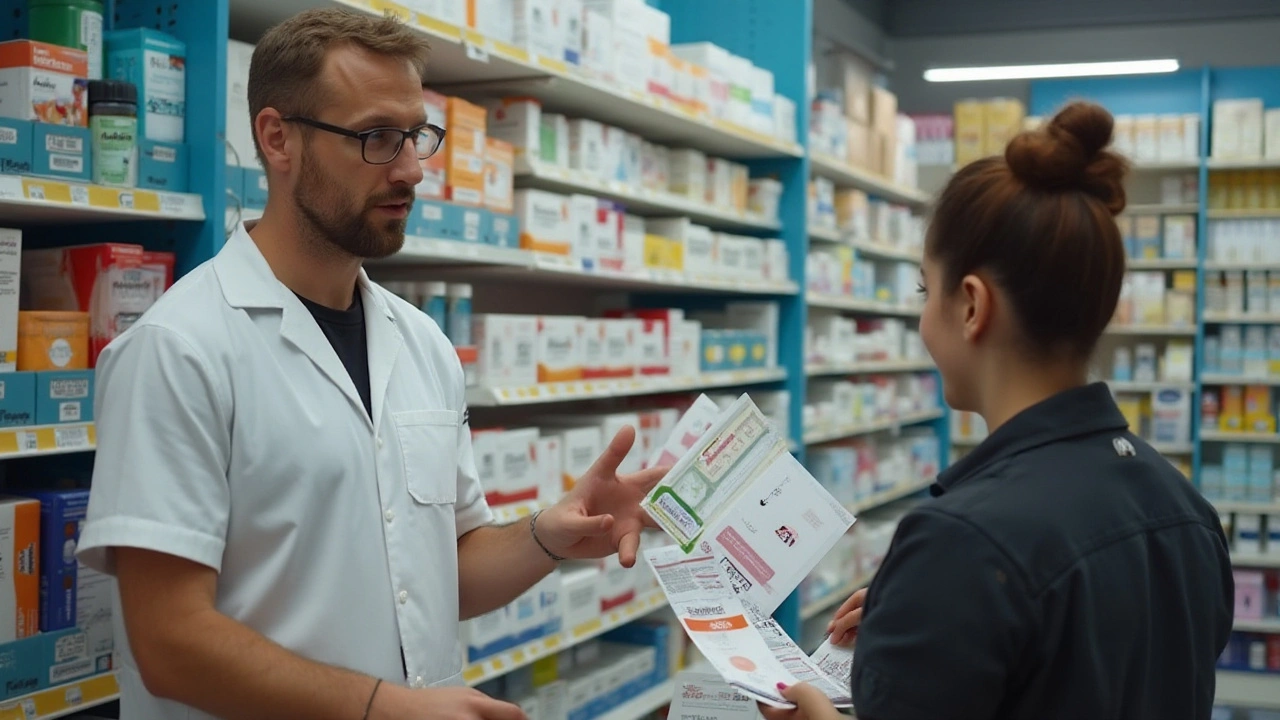Antibiotics: what they do, and how to use them safely
Using antibiotics wrong can make future infections harder or even impossible to treat. That’s not drama—it’s real. This page gives plain, practical guidance: which antibiotics treat what, common risks, and simple steps to protect yourself and others.
Common antibiotic types and what they treat
Penicillins (like amoxicillin) often handle ear infections, strep throat, and some skin infections. Macrolides (azithromycin) are used when someone is allergic to penicillin. Tetracyclines (doxycycline, tetracycline) work for acne and some respiratory infections, but aren’t safe for young kids or pregnant people. Fluoroquinolones (ciprofloxacin, levofloxacin) treat certain complicated urinary or lung infections, but they carry higher risks like tendon problems. Sulfonamides (trimethoprim-sulfamethoxazole) are common for UTIs but cause allergic reactions in some people.
Not every infection needs antibiotics. Viruses (colds, most sore throats, flu) won’t get better with antibiotics. If your doctor says it’s viral, don’t push for pills.
How to use antibiotics safely
Follow these simple rules. Finish the full course exactly as prescribed—even if you feel better after a day or two. Stopping early can let bacteria survive and become resistant. Never share leftover antibiotics or use someone else’s prescription.
Watch for side effects. Mild nausea or yeast infections are common. Serious signs—rash, swelling, trouble breathing, or severe diarrhea—mean stop the drug and get medical help right away. Severe diarrhea after antibiotics can be C. difficile; that needs prompt care.
Mind interactions. Antacids, dairy, and some supplements can cut absorption of tetracyclines and fluoroquinolones—take those antibiotics a few hours apart from calcium or iron. Doxycycline can make you sun-sensitive; wear sunscreen. If you have a sulfa allergy, tell your provider before starting related drugs.
Use probiotics wisely. Eating yogurt or taking a probiotic helps reduce mild diarrhea for some people. Take probiotics a couple of hours after your antibiotic dose so they don’t get wiped out.
Buying antibiotics online? Only use licensed pharmacies and require a prescription. Telehealth plus pharmacy services can be safe if the provider is accredited and asks appropriate questions. Avoid pharmacies that sell prescription drugs without asking for a valid prescription.
Prevent resistance with small actions: only take antibiotics when needed, don’t skip doses, and dispose of leftovers at a pharmacy take-back or community drop-off. If you’re unsure whether you need antibiotics, ask your clinician about tests (like throat swabs or urine tests) that confirm a bacterial infection.
If you want more detail on specific drugs like tetracycline or how to buy meds safely online, check our related articles for tips and real-world advice. Stay sharp—using antibiotics right keeps them working when you truly need them.

Top 7 Zithromax Alternatives in 2024 for Effective Infection Treatment
- by Colin Edward Egan
- on 31 Oct 2024
This article explores seven alternatives to Zithromax, highlighting their uses, benefits, and drawbacks. Each alternative is reviewed for its effectiveness in treating bacterial infections, availability in various forms, and potential side effects. The listed antibiotics, including Amoxicillin and Doxycycline, offer a range of options for those seeking treatments for conditions like respiratory and urinary tract infections. These alternatives provide crucial insights for decision-making in antibiotic therapies.
